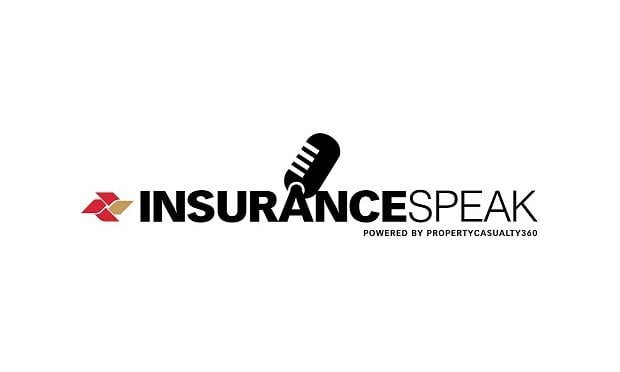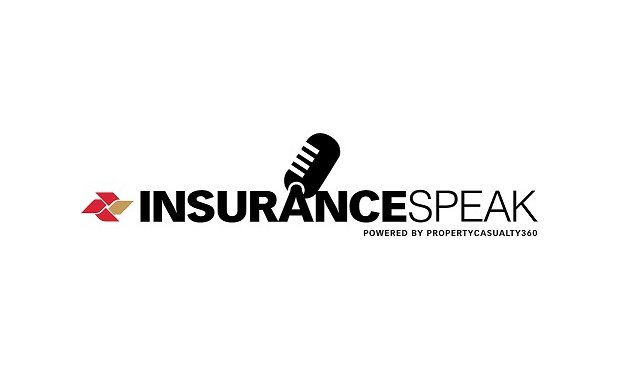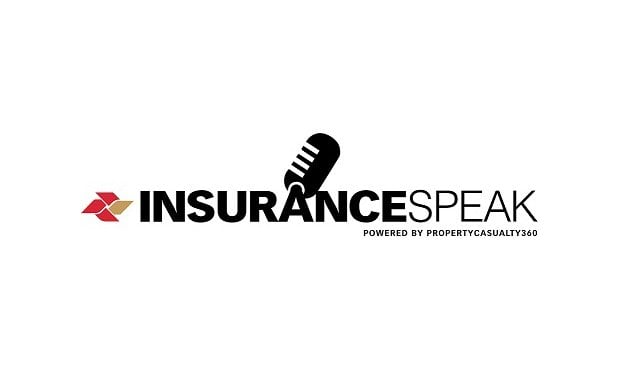According to data from the U.S. Bureau of Labor Statistics, in 2019, 22% of the 157.5 million people over the age of 16 who were employed considered themselves to be non-white. In that same year, an analysis by S&P Global Market Intelligence showed that approximately 13% of the insurance workforce comprised Black employees, while Asians represented 6.2% of the workforce, and employees of American Indian, Alaska Native, Native Hawaiian or other Pacific islanders, represented 2.7%.
Multiple studies have highlighted the benefits of having strong diversity, equity and inclusion (DEI) initiatives in a company. These benefits include better decision-making, stronger performance financially and creatively, as well as greater employee engagement in general.
The concept of diversity can seem somewhat broad and esoteric when it comes to creating and implementing a strong DEI program in a company. The latest edition of the Insurance Speak podcast involves a discussion with three women who are actively involved in implementing and promoting the DEI programs in their companies and takes some of the mystery out of developing and maintaining a successful program.
Keishunna Webster is a member of the tort transportation and specialized litigation practice group at Butler Snow in Mississippi and has more than 14 years of litigation experience. Her practice includes defending commercial trucking and transportation companies, defending landowners in a wide variety of premises liability cases, and defending insurers in coverage and bad faith litigation.
Caryn Siebert is the vice president and director of carrier engagement at Gallagher Bassett, where she is focused on business development and strategic initiatives. She has more than 20 years of claims, legal, risk management and process improvement expertise.
Safiya Reid leads PURE Insurance's DEI efforts and is committed to fostering environments where everyone has an equitable chance to learn, develop and succeed, and where all feel welcome, safe and supported to do their best work.
The keys to creating a successful DEI program
Launching a DEI program can seem overwhelming at first, but Siebert likens it to the adage of "how do you eat an elephant? One bite at a time." She says that you have to think of it as a huge project that needs to be broken down into multiple pieces. Gallagher Bassett created an equity, diversity and inclusion steering committee that focused on four pillars that can be shared across the company. These included: awareness and education across their organization, career development and opportunities, equity, and corporate and social responsibility. "We also wanted a definition of what diversity is so our teams could recognize it across the company," she explains. Breaking the program into specific pillars also allowed the company to successfully focus on different areas of the initiatives.
Creating a diversity program doesn't mean that the work stops there, and Siebert adds that these programs will continue to evolve within each company.
At Butler Snow, Webster says the firm understood the importance of recruiting and retaining the best talent it could. The firm created an inclusivity committee which became the driving force behind its DEI strategies and initiatives. The committee comprises 13 lawyers from the firm. They also partnered with a DEI expert who helped develop specific programs, including a series of diversity dialogues and webinars to help educate the staff on the value of DEI programs within the firm.
The company's women's initiative committee created programs including a mentoring program for women in the company, provided grants for them to attend conferences and encouraged the younger attorneys in the firm to partner with and learn from the more senior attorneys. The inclusivity team also allowed the firm to become more strategic in its recruitment efforts.
At PURE Insurance, Reid says the company followed a similar approach to Gallagher Bassett's by focusing on four specific areas. She shares that they did a listening tour of the company at all levels "to get a snapshot of our reality to determine our aspirations and a strategy to bridge that gap." The company prioritized four specific areas in which to concentrate its efforts. Representation and inspiration focused on their talent, retention and recruitment efforts. Inclusion and belonging houses their various employee resource groups, and PURE works to ensure that the groups have the resources needed to connect with their various memberships. Reid also shared that there is a strong belief "that all of us at PURE have some degree of privilege" and can support others in the company and community.
Reid stresses that for a program to succeed, "everyone has to be engaged and feel like they are included."
Their focus on equitable treatment plays an important part in their exit interview process and helps to provide insights on where people are going, why they are leaving and any concerns they may have. The last aspect of their DEI program encompasses community involvement and partnerships with multiple organizations that expand their opportunities to be an actively engaged community partner with diverse communities.
To learn more about the specific aspects of these companies' programs, misconceptions they see about DEI programs, why leadership in this area begins at the top of an organization, and what businesses should understand about implementing DEI initiatives, listen to the podcast above or subscribe to Insurance Speak on Spotify, Apple Music, Google Play or Libsyn.
Related:
- Why diversity programs fail & what you can do about it
- Companies are improving with DE&I but more progress needed
- Forbes: Top P&C insurance employers for diversity in 2021







